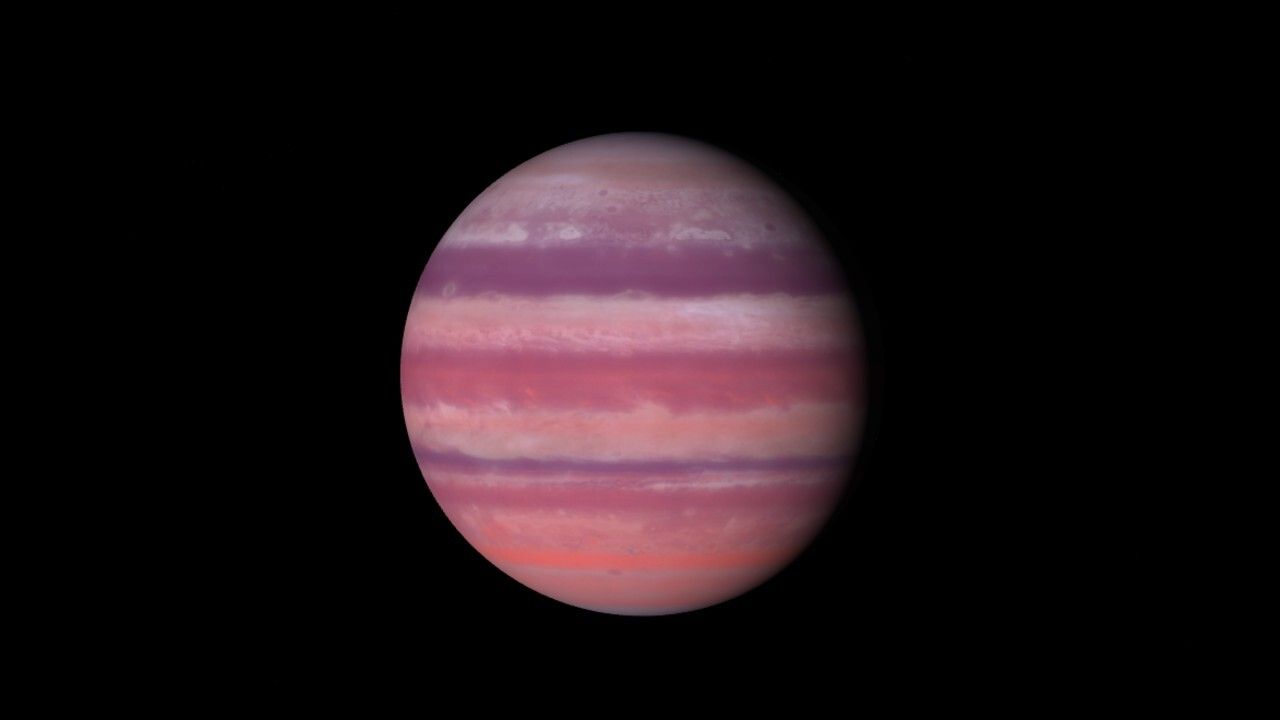Astronomers Find Massive Alien Planet 35 Times Earth's Size in Known Star System

Discovering a Hidden Giant: The Case of Kepler-139f
Scientists have made a remarkable discovery by uncovering a hidden exoplanet in the Kepler-139 star system. This newly identified world, named Kepler-139f, is a massive planet roughly twice the size of Neptune and 35 times more massive than Earth. It takes 355 days to complete an orbit around its star. Despite its size, this planet had gone undetected for years.
The initial data from NASA's Kepler telescope, which discovered nearly 3,000 planets during its nine-year mission, relied on detecting planets that passed in front of their stars, causing a temporary dimming of the starlight. However, this method could not detect planets that orbited above or below the line of sight between the telescope and the star. As a result, some planets remained hidden.
Kepler-139 is home to three rocky super-Earths that do transit their star, and a fourth gas giant was later discovered. The gaps in the orbits of these planets suggested the presence of additional worlds. By precisely measuring the orbits, astronomers were able to infer the existence of at least one more planet.
"The issue is not exactly finding non-transiting planets, but rather, finding situations in which we can deduce where the non-transiting planet is located," said Caleb Lammers, a graduate student at Princeton University and co-author of the study.
Techniques That Revealed the Hidden Planet
Discovering Kepler-139f required a combination of observational techniques. While the initial identification of planets often involved ground-based observations, radial velocity (RV) measurements allowed scientists to determine a planet's mass by observing how it tugged on its star. This method also helped discover the outermost gas giant, Kepler-139e.
In addition, each planet in a system influences the others through gravitational interactions. These interactions can cause variations in the timing of transits, known as transit timing variations (TTVs). When these variations couldn't be explained by the known planets, scientists became confident that an unseen body was present.
Lammers and his colleague Joshua Winn used both RV and TTV measurements to search for the missing planet. They revised existing TTVs based on the 2023 discovery of Kepler-139e, ultimately revealing the fifth planet, Kepler-139f, nestled between the outermost super-Earth and the gas giant.
Implications for Understanding the System
The discovery of Kepler-139f also helped resolve a mystery about another planet in the system. The original reports of Kepler-139c, the outermost super-Earth, showed an unusually high density for a sub-Neptune-sized planet. This discrepancy occurred because the earlier researchers didn’t know about Kepler-139f, so they attributed some of its gravitational influence to Kepler-139c. With the new data, Kepler-139c’s density appears more typical, while the densities of other planets remain largely unchanged.
This discovery provides indirect evidence of Kepler-139f’s existence. Lammers noted that there may be even more hidden worlds in the system. He pointed to the large gap between planets b and c, suggesting that further exploration might reveal additional planets.
Challenges in Detecting Distant Worlds
Both Kepler and NASA’s Transiting Exoplanet Survey Satellite (TESS) are most sensitive to planets that orbit close to their stars. These inner planets make more frequent transits, making them easier to confirm. However, planets with wider orbits make fewer transits, making them harder to observe and confirm.
The radial velocity method tends to favor larger planets, as more massive planets exert a stronger gravitational pull on their star. Proximity also plays a role, as the gravitational effect decreases with the square of the distance. This is why many early exoplanets discovered were Jupiter-sized worlds orbiting very close to their stars.
By combining transit data, radial velocity measurements, and TTVs, astronomers can detect smaller, hidden planets that orbit farther from their stars. "It is likely that many planetary systems host unseen worlds, especially in their outer regions," Lammers said.
The Future of Exoplanet Discovery
Looking ahead, the European Space Agency's Planetary Transits and Oscillations of Stars (PLATO) mission, set to launch in 2026, will significantly enhance the search for hidden planets. PLATO will revisit Kepler's field and provide additional transit times for planets discovered over a decade ago. This will improve TTV measurements, enabling the discovery of more misaligned worlds.
"In the coming years, the TTV planet detection technique will probably be accelerated dramatically by the PLATO mission," Lammers said. This advancement could lead to the discovery of many more hidden planets in systems like Kepler-139.
Post a Comment for "Astronomers Find Massive Alien Planet 35 Times Earth's Size in Known Star System"
Post a Comment